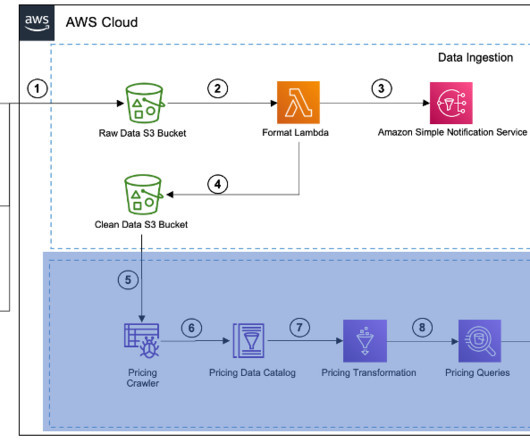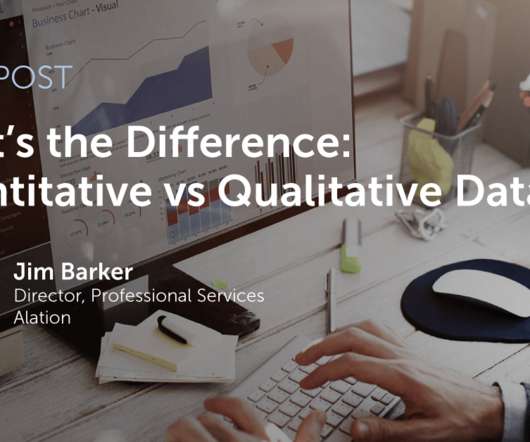8 strategies for accelerating IT modernization
CIO Business Intelligence
APRIL 1, 2024
Traditionally, such an initiative would involve business process analysis, a fit-gap analysis, and process re-engineering — all of which eats up time. But gen AI and large language models (LLMs) can get around these challenges, which drag down the velocity of many modernization projects.

















Let's personalize your content